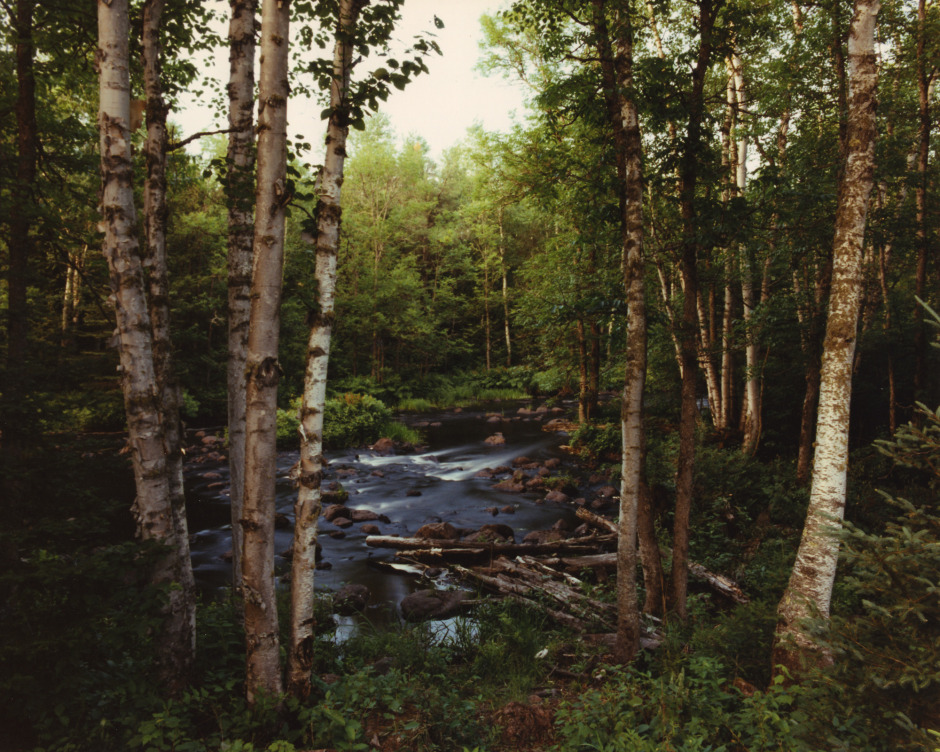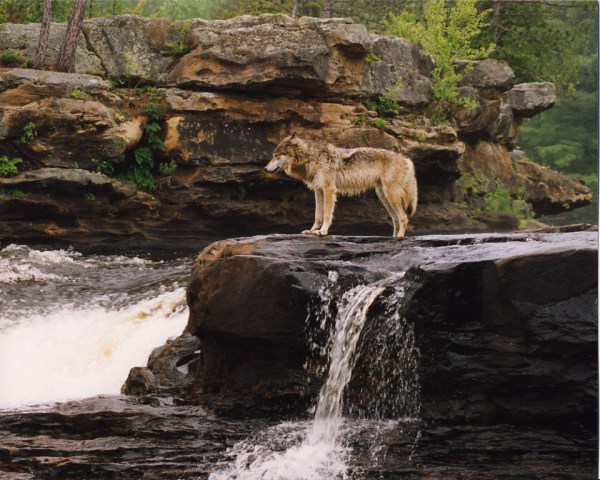
Photo Credit: Michael Shoop
The Sierra Club is the nation’s largest and most influential grassroots environmental organization. Not only do we consist of 64 local chapters, but each chapter contains several issues committees, which engage with local communities to address the environmental issues they care about most. Be it environmental justice, renewable energy, wetlands or mining, volunteers for these committees discuss and shape the Sierra Club’s official stance on many important issues. Being a part of a committee is a sure way to get your voice heard by legislators and other groups that the Sierra Club advises. Today we will spotlight the Forest and Wildlands Committee (FWC), their work, and will explain how you can become a member.
Forests are one of the most valuable landscape types in Minnesota, both as a biome that provides ecosystem services and as a commodity for human consumption. These two value sets often conflict, and year after year, the Minnesota Legislature attempts to push harmful legislation forward. The purpose of the Forest and Wildlands Committee is to examine these policies and determine if the Sierra Club will support or oppose proposed legislation, current state programs and the practices of private companies regarding forest protection and use. One topic of particular concern to the FWC is the use of biomass from forests as a potential energy source, and whether the expansion of this practice makes sense from a global warming and environmental health perspective.
The term “biomass” encompasses a wide range of biological material, from wood to waste water treatment sludge. The use of wood as a biomass energy source is a major concern of the FWC, as it affects our mission to protect our forest-derived earth services, including clean water, air, recreation, wildlife and the beauty of nature itself.
The Sierra Club does not oppose the ethical and responsible use of forests for the manufacture of lumber, paper, furniture, plywood, etc. These forest products tend to sequester carbon—for example, the humble 2 x 4 plank, which on average lasts about 50 years. Most other products have shorter half-lives, while some, like paper, are quickly recycled in large percentages. Additional products, like certain bioplastics, can confine carbon for much longer, raising another kind of problem.
Lately, however, wood is increasingly used to generate electric and thermal energy. These “products” do not sequester carbon at all; rather, they release it into the air, increasing the amount of CO2 in the atmosphere and hastening global warming. The argument for using wood as an energy source stems from its reputation as a renewable resource – as trees regrow they eventually re-capture the released CO2. However, in this case, wood is not carbon neutral.
Consider the work of Bjart Holtsmark in Norway, and suppose we begin to produce electricity and heat extensively by cutting needed wood consecutively every year and letting each patch regrow for 100 years. At the end of a century, even after each plot has recovered for 100 years, continuous harvesting keeps the CO2 flowing into the atmosphere so all of the carbon never gets re-sequestered. A permanent increase in harvest (necessary to make heat or electricity) will always lead to a permanent increase in atmospheric carbon, even with time for each harvested plot to re-grow to maturity.
It would be better for the earth to generate electric and thermal energy out of annual perennial crops, as Tilman, et. al., have shown in their study on native prairie grasses. Perennial biomass grown on fallow farm land in northern Minnesota can produce a crop with as much carbon as a forest patch. Of course, it is important to ensure that this large increase in perennial crops is done in a way that does not invade prime farm land, provides flowering plants for pollinators and cover for wildlife, and does not add additional fertilizers to our rivers.
Recently, a committee of the Governor’s Environmental Quality Board made exactly this proposal as part of a larger proposal to use biomass for cogenerated heat and energy (CHP). In principle, CHP is a good thing, but the FWC sent in comments opposing the use of whole trees for this purpose and cited Holtsmark as our authority. We suggested that they consider instead developing a supply chain of switch grass and other perennials. This debate is still ongoing, but we have no intention of giving up any time soon.

Photo Credit: Michael Shoop
If this or any other aspect of forest management in Minnesota interests you, please consider becoming a part of the Sierra Club North Star Chapter’s Forest and Wildlands Committee, as we are currently looking for new members with a passion for protecting Minnesota’s glorious forest wilderness. The committee typically meets once per month, and members can be present in person or participate via conference call. You do not have to be a forests expert to join – just willing to learn and discuss how the Sierra Club will present forest issues to various interest groups and the public. If interested, please contact Lois Norgaard (lnorrgard@lnmn10.com) for more information on how to become a part of the committee.